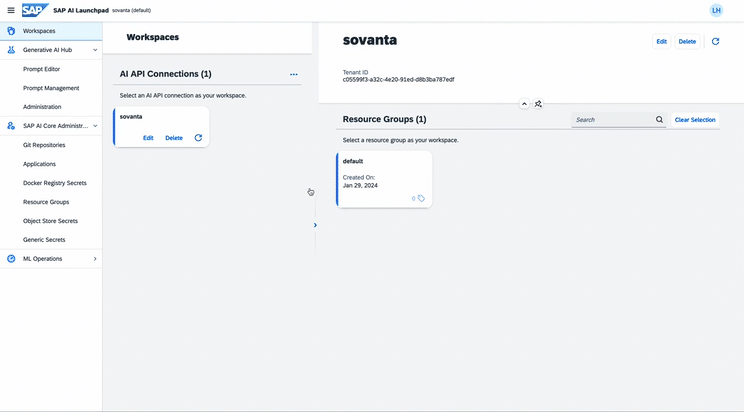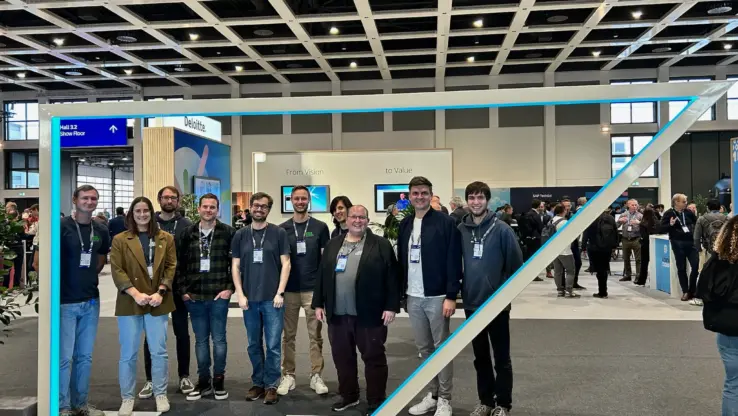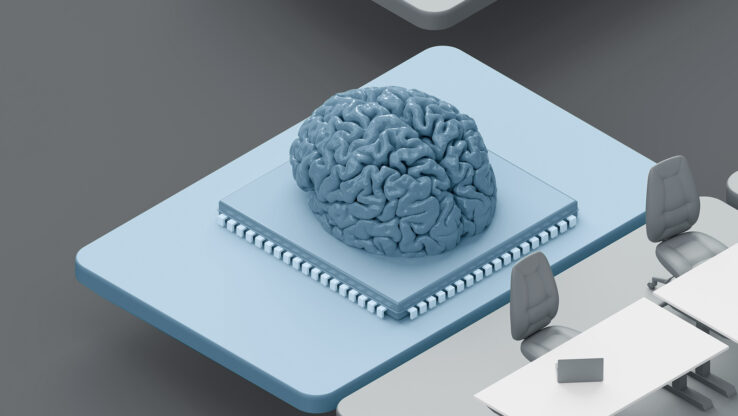
What is the SAP GenAI Hub?
As part of the SAP Business Technology Platform (SAP BTP), the GenAI Hub can be easily activated as a cloud service on SAP BTP. But what lies behind the SAP offering? Who should work with it? And how can it be consumed? After successfully implementing the first customer projects with the GenAI Hub, it’s time for a closer look over our shoulder. Larissa Haas, Senior Data Scientist at sovanta, sums up the most important facts around SAP GenAI Hub.
Starting off: what’s behind it
The GenAI Hub is a feature of the SAP AI Core that allows Large Language Models (LLMs) to be managed, tested, and utilized. Designed as a user-friendly platform, the GenAI Hub primarily targets software developers and technically skilled users who want to gain initial experience in working with LLMs and Generative AI. Its features range from a classic API, which provides the functionalities of LLMs through an interface within the GenAI Hub, to a Prompt Editor, allowing users to experiment with various prompts, send them to different LLMs, and adjust settings such as temperature, etc. Additionally, it offers LLM deployment management, where individually sized LLMs provided by SAP can be deployed and activated to enable their usage in various scenarios.

SAP AI Core, SAP AI Launchpad and SAP GenAI Hub
The GenAI Hub can be easily activated as part of the SAP Business Technology Platform (BTP) cloud service. Subscription to the GenAI Hub is included in the subscription for the SAP AI Core and can be unlocked through the extended plan. Required is the subscription to the SAP AI Launchpad, which does not incur additional service costs. The extended plan includes all features that are also included in the SAP AI Core standard plan.
The SAP GenAI Hub fills a gap
If one wants to flexibly test various LLMs in different contexts without wanting to deal with the intricate hosting of models or the time-consuming management of multiple subscriptions from different providers, the GenAI Hub is the ideal solution. Both licensed models such as those from OpenAI, as well as open-source models like Falcon, are already supported – in the future, this list is planned to be expanded with well-known models such as Lama2, Aleph Alpha, and others. Additionally, SAP plans to offer its own Foundation models specialized in SAP terminology and contexts through the GenAI Hub. And the best part: all with just one subscription to the GenAI Hub with SAP.
Two types of use cases fit well
Appropriate use cases can roughly be divided into two different stages: ad-hoc usage and integrated usage.
- 1st Stage – Ad-hoc usage:
Here, the focus is primarily on gaining initial experience with LLMs. Using the editor, individual prompts can be formulated, tested, discarded, and saved for reuse. Additionally, it is possible to quickly switch between deployed models, for example, to test the behavior of different models with the same queries. This is another advantage compared to trying out directly with ChatGPT and similar tools. If a prompt or combination of prompts proves to be particularly useful, the second stage can be tackled. - 2nd Stage –Integrated usage:
In the second stage, the GenAI Hub is accessed via the API and integrated into larger processes. The usage moves away from the “chat” appearance of previous tools because now the requests are no longer sent directly by humans, but systems utilize the functionalities of LLMs through API requests. For example, responses from an LLM can be used in a process automation workflow – hidden at the click of a button in an external user interface or in the background of business processes. And all of this without user interaction. The possibilities are limitless.
More Inspiration needed?
Feel free to reach out to us and let’s discuss your potential use cases with the GenAI Hub. We look forward to the exchange!




